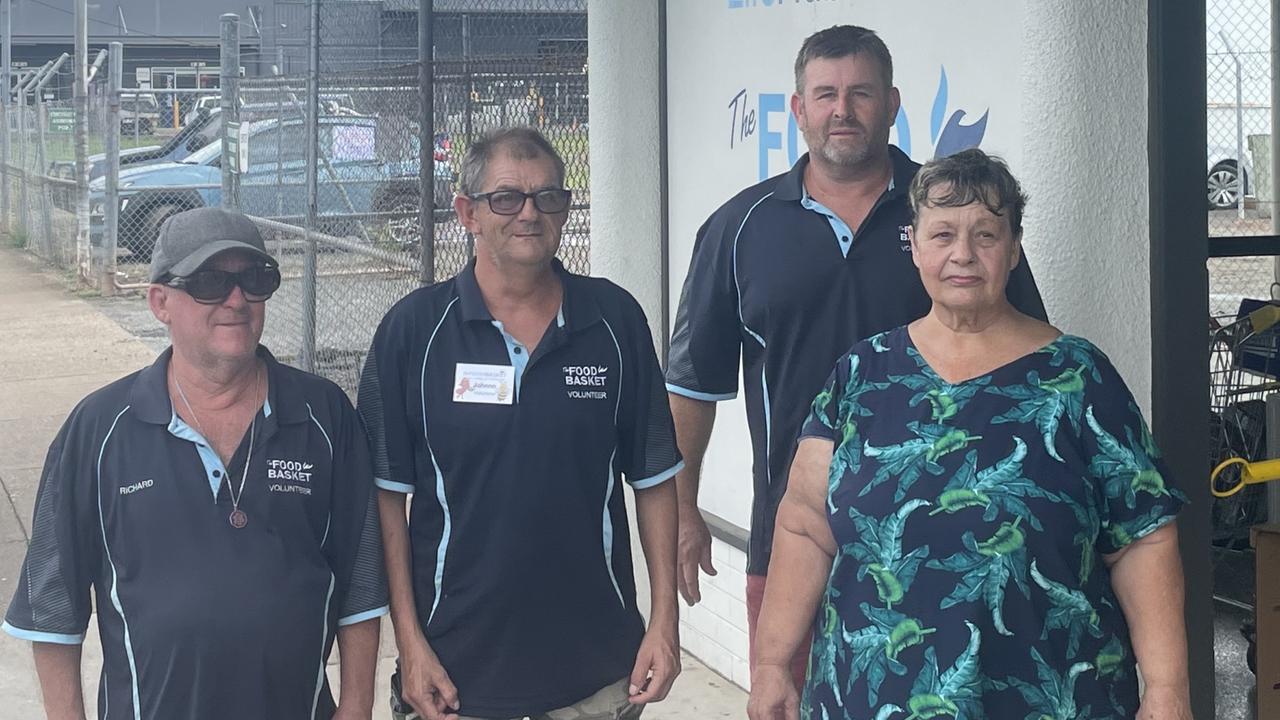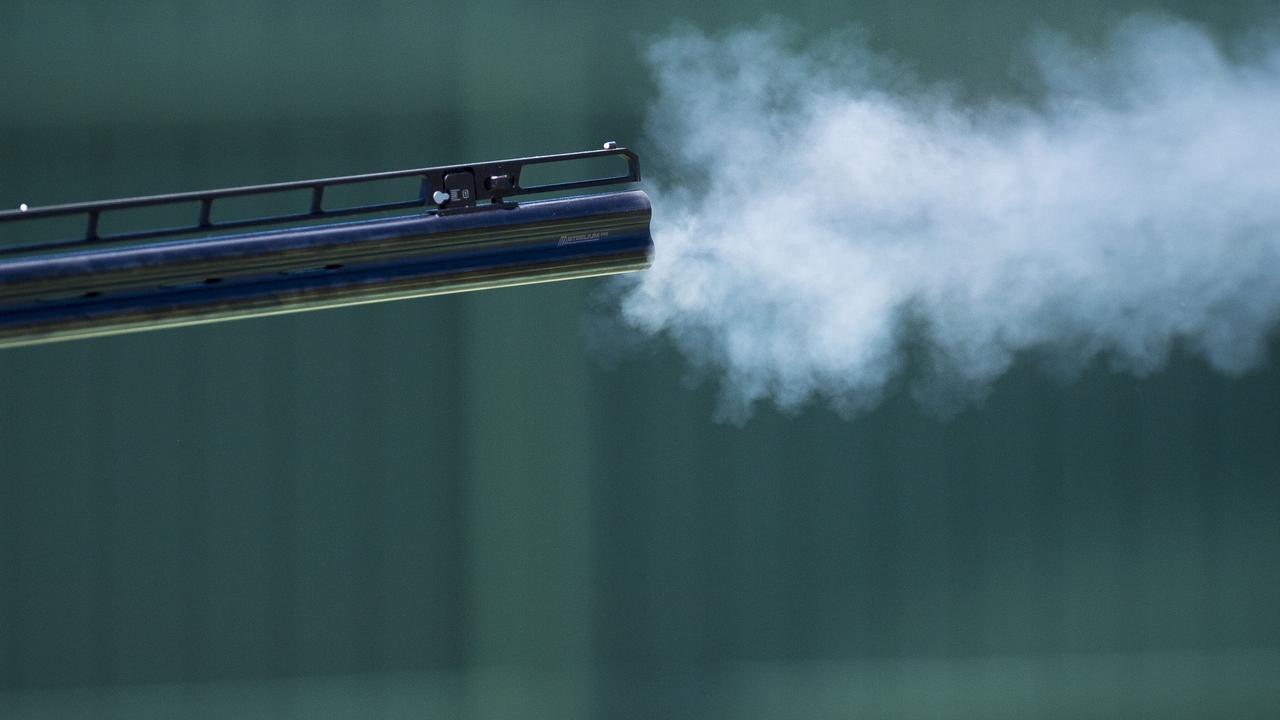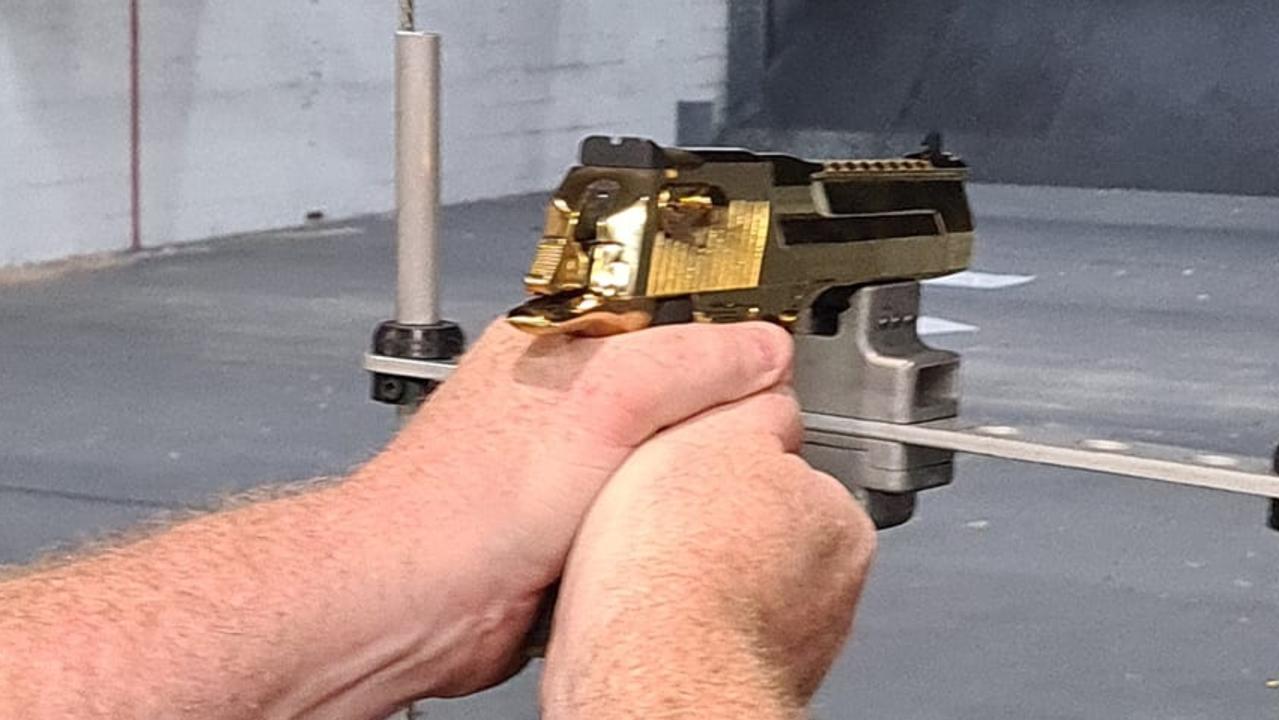Councillor David Lewis speaks out on council’s motion regarding vegetation damage
Ongoing problems with vegetation poisoning have led to heated debate within the Fraser Coast council, including a motion of dissent against the mayor and calls for more investigative powers for the governing body.
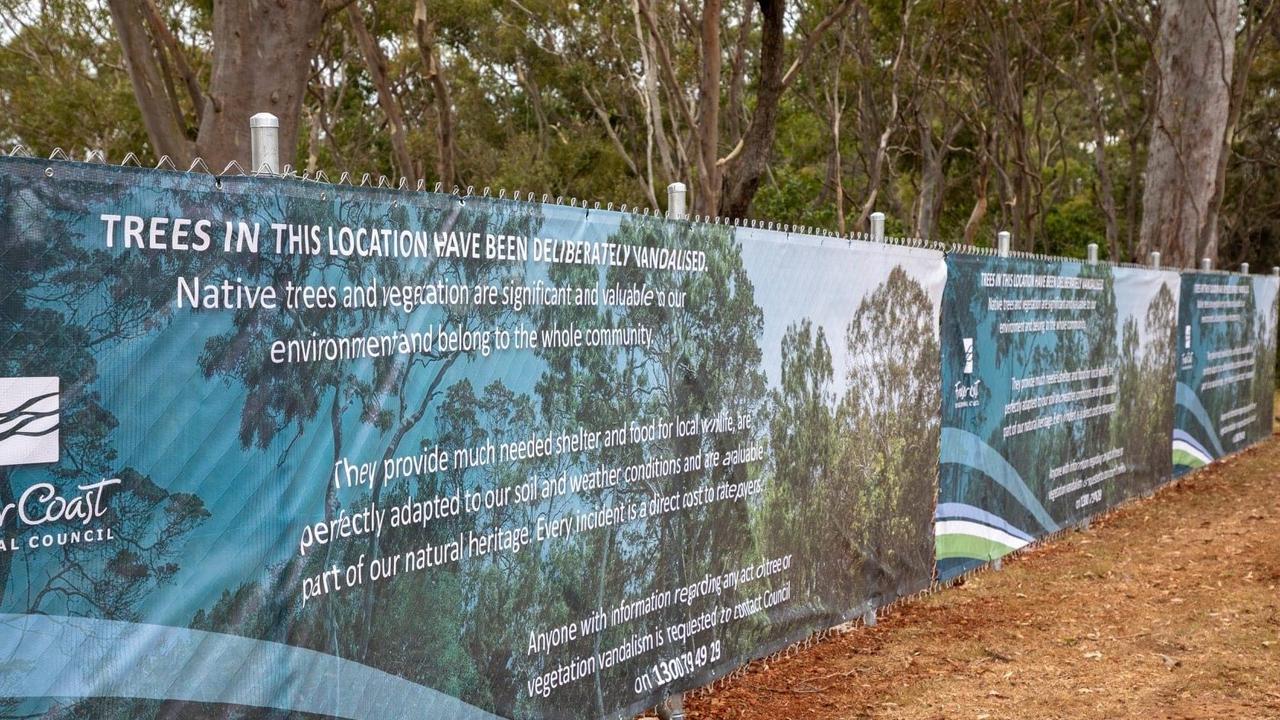
Community News
Don't miss out on the headlines from Community News. Followed categories will be added to My News.
No fencing will be installed at the scene of the latest tree poisoning in Mant St at Gatakers Bay after the Fraser Coast Regional Council passed a motion at its latest meeting asking for a report into its illegal vegetation damage policy.
It was explained the request for a report would mean any decisions regarding fencing off the area in response to the poisoning would be put on hold.
The accompanying debate became heated with Councillor David Lewis moving a motion of dissent against Mayor George Seymour as the matter was discussed.
Mr Lewis’s motion came as he tried to argue for an amendment to the original motion, brought before the council by Jade Wellings.
Mr Lewis asked for the removal of the first part of the motion which read proposed amending part of the vegetation legislation to remove references to shade cloth screens.
But Fraser Coast Mayor George Seymour said Mr Lewis’s proposal would change the intent of the motion and therefore was not an amendment.
Mr Lewis disagreed and then raised the motion of dissent, at which point Fraser Coast Deputy Mayor Denis Chapman took the reins and called for a vote.
It was lost 9-1, with Mr Lewis its only supporter.
The original motion later succeeded.
It comes after fencing was previously placed then removed along Mant St’s foreshore in response to a different case of tree poisoning.
That fence was removed in September 2022.
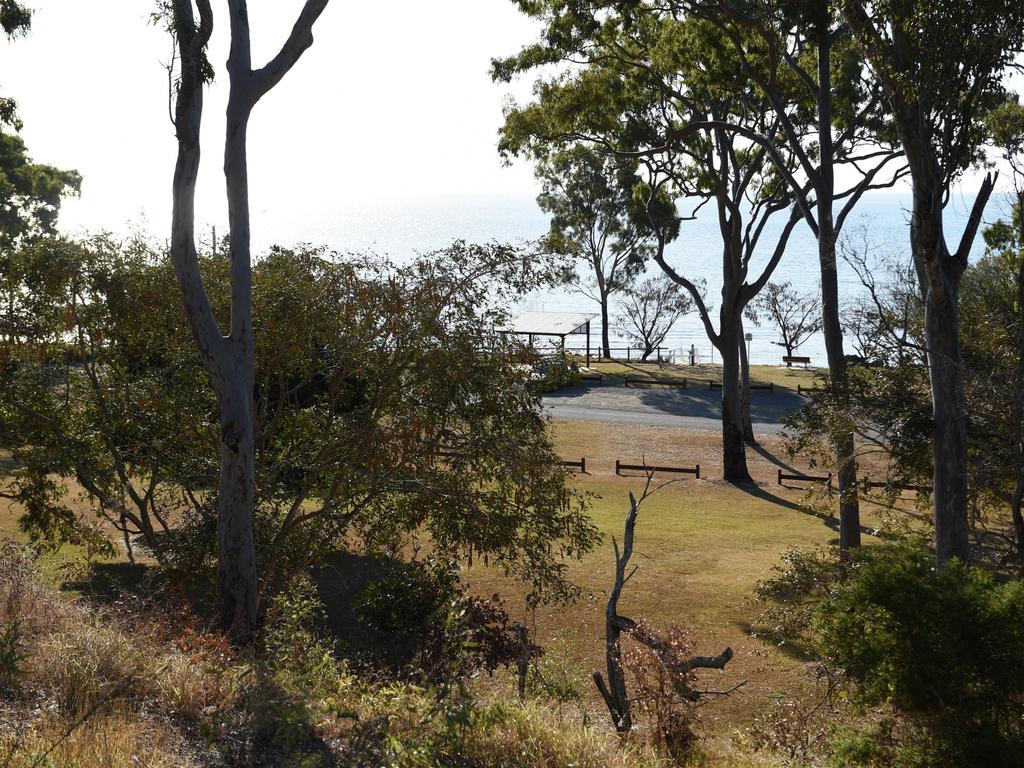
Ms Wellings said all of the councillors felt as passionately about the issue of deliberate vegetation damage.
She said between $30,000 and $50,000 was spent on installing the fencing in Mant St and councillors who had voted in favour of it at the time had been disappointed it didn’t work to stop similar incidents.
Ms Wellings said it was hard to justify spending a similar amount of money in the future on fencing off areas and it was time to explore other options, including possibly offering rewards for those who had information regarding tree poisonings in the area.
The current policy also made the assumption that those opposite the site of the poisoning were responsible when it could be anyone poisoning the trees, she said.
In the wake of the meeting, Mr Lewis said he respected the majority decision but was “extremely disappointed” by it.
Speaking to the Chronicle, said he was frustrated the decision meant any action regarding the current incident would be put on hold.
House ruined in blaze a week from Christmas
He said the issue of tree poisoning was one councils up and down the coast had to deal with, usually with the installation of a fence or shipping containers to ensure those who poisoned the vegetation didn’t get any benefit from it.
But he acknowledged those measures would also impact on people who were “entirely innocent”, but lived in the same street.
Mr Lewis said trees planted where a similar poisoning had happened in Corser St had also died because the poisoning had a residual effect that could last for up to five years.
It would help councils to have additional investigative powers in relation to such incidents, he said, because unless police became involved there was little councils would be able to do, especially without installing fencing.
Without that option, the council was “giving away its strongest weapons”.
“We’re really just putting our hands up and saying there’s nothing we can do about it,” he said.
A spokesman from the council said officers assessed and tested an area along Mant St and downhill into Black Stump Park in Point Vernon after tree poisonings were first detected in September.
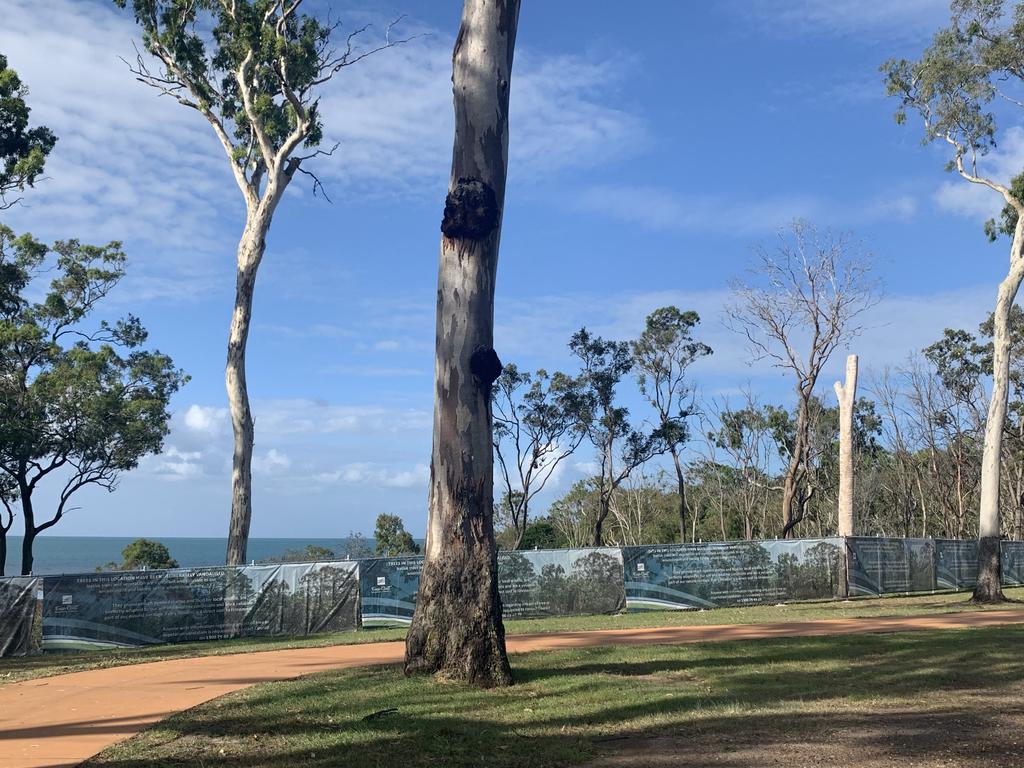
“About 42 iron bark and blue gum trees along Mant St and downhill into Black Stump Park were poisoned through stem injection, while a large area of smaller trees and ground cover were poisoned by spraying.
“Council reported the incident to Queensland Police and the Department of Environment and Science, and installed security cameras in the area.
Revealed: What you need to know about 4WD beach hotspots
“Residents in Mant St and along the Esplanade nearby received a letter in October outlining that vegetation damage had occurred in the area and seeking assistance in identifying those responsible.
“Three signs in Mant St and two signs in Black Stump Park have been erected stating that illegal vegetation damage has occurred in the area.
“The ‘Unauthorised Vegetation Damage on Council Land Council Policy’ states that signage and/or shade cloth will be erected at sites of vegetation damage considered to be either medium or high significance.
“The use of fencing with shade cloth was previously used at a nearby site where similar tree poisonings occurred.
“This was primarily to allow replanted vegetation to grow and keep the community safe by restricting access to areas where trees have been poisoned. It also helped raise community awareness of the incident.
“At the December Council meeting, Councillors passed a motion seeking a report into illegal vegetation damage.”
As a result, the installation of fencing had been put on hold pending consideration of the report, which would be prepared for a future council meeting in 2024.
More Coverage
Originally published as Councillor David Lewis speaks out on council’s motion regarding vegetation damage



